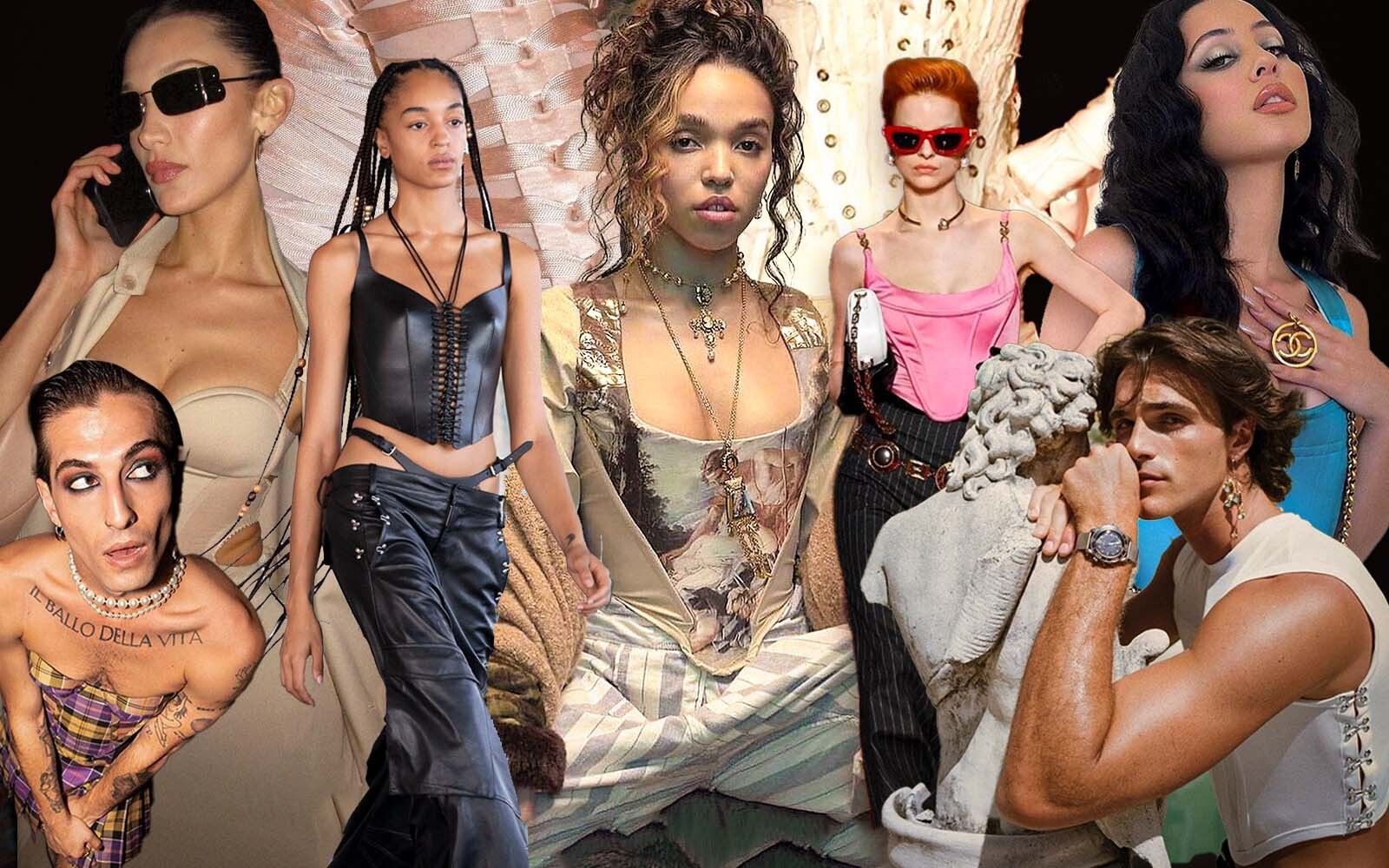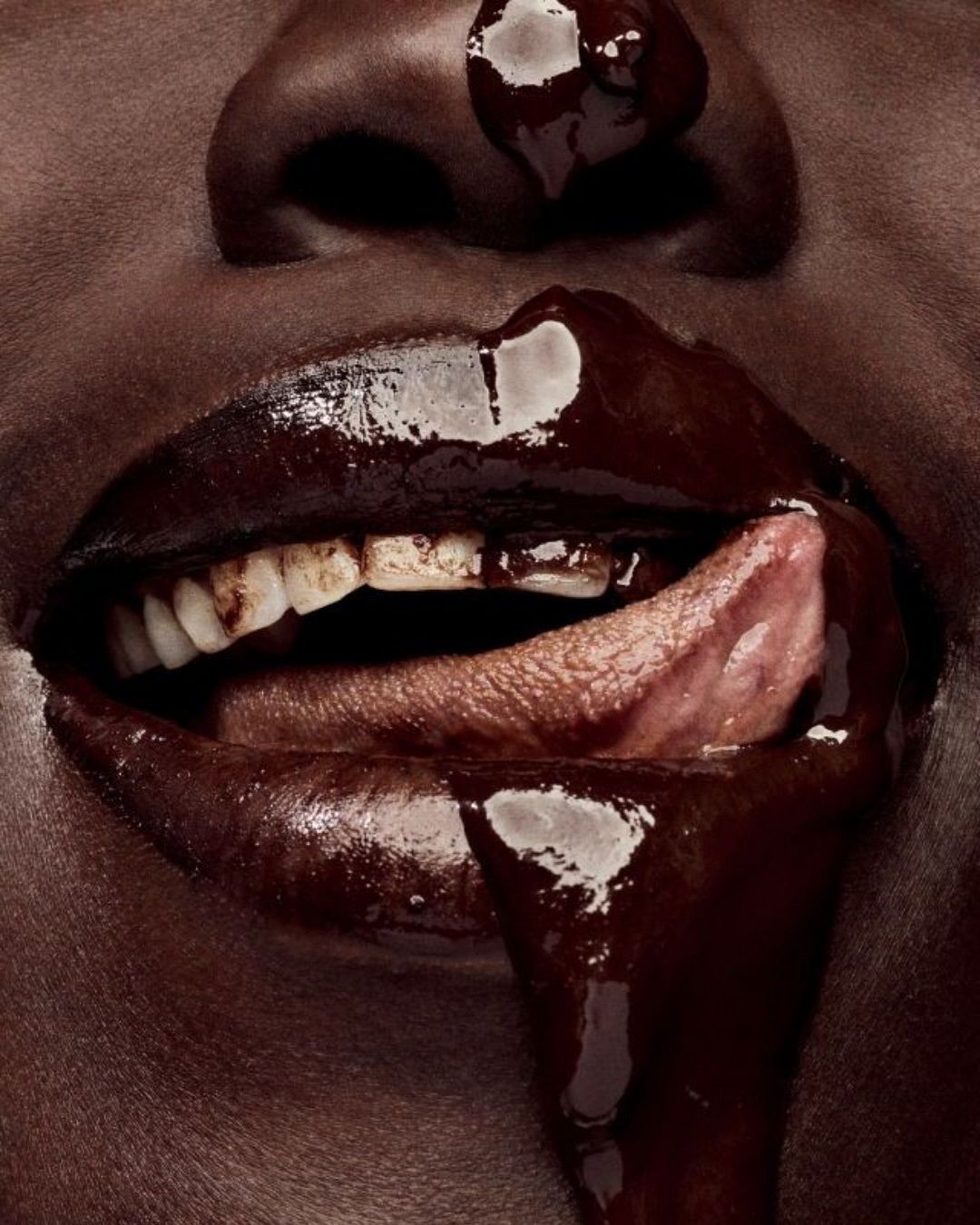
The charming evolution of corsets in fashion From patriarchal symbolism to item of sensuality and empowerment representation
After being for centuries an instrument of constriction for the body and representation of a minority status for the female gender, the corset is back on the catwalks thanks to the evolution of its historical value in a new key. The latest fashion weeks are the proof: just think of the catwalks that have seen the parade of FW22 collections: Versace was a riot of tight bustier and latex, sherpa and leather have shown the sensual vision of Dion Lee but also with the collaboration adidasxGucci the corset has become the new symbol of a sharp femininity as the lines that the rigidity of the accessory give to the forms in contrast with the bare skin. Bringing back the emphasis on the waist and hourglass shapes, the corset is an echo of 90s fashion that continues to accompany us, but it originates in the distant 500s. How is it possible for a garment as criticized as it is rich in history to regain so much importance today? Pop-culture and retromania are certainly responsible, as is the metamorphosis of the idea of femininity over time.
Its history dates back to the distant sixteenth century, when the first corsets peeped out, probably influenced by the rigid Spanish customs that later spread to Italy and England: corsets are and actual shaped and finely worked iron cages that end with a long point on the front, not the last frontier of functionality. We then move on to corsets made of layered fabric, stiffened with glue and tightly laced thanks to a system of crossed strings. In the Elizabethan era the use of whalebone was introduced to keep the appearance even more rigid. In short, women are robbed of their mobility to show a flat stomach and a wide neckline, making the garment the anti-feminist representation par excellence. But to make up for this lack, finally towards the beginning of the 1900s, we see one of the greatest innovators of fashion: Paul Poiret. He who is considered the first fashion creator in the modern sense, whose contributions to fashion in the twentieth century are compared to those of Picasso in the world of art. Poiret revolutionized the sartorial field by abolishing the corset and inventing a line for empire style dresses, high waist and long narrow skirt. Madeleine Vionnet and Coco Chanel follow, allowing women to rediscover a new femininity, different, made of masculine garments and fluid lines.
Throughout these years, the corset has also been able to convey body-consciousness and self-empowerment. The glaring examples in support of this vision could be endless: from Sophia Loren in the film "La Miliardaria" in 1960 wrapped in a black guepiere, to the punk corset of the '70s trademark of Vivienne Westwood. The English designer was among the first to condemn the ideal aesthetic canons, making her subversive style the new aesthetic of beauty. Westwood imposed her ideals in the London of youth subcultures, using shapes, garments and fabrics that finally symbolize the liberation of women and not their constriction. And we can say that now this revolution is not over yet.
It is assumed that one of the main reasons for the current success of the corset is due to the success of the Netflix series Bridgerton, to which must be added a good dose of trends born on TikTok including the Y2K wave mixed with the return of goth and balletcore, the game is done. It must also be said that corsetry has never been completely abandoned, returning cyclically but without following the oppressive models of the past that hid other meanings: it was also revolutionized by the metamorphic genius of Thierry Mugler and the vision of women elevated to "fantastic animals" by Alexander McQueen in the 90s and early 2000s, capable of changing the rules of a past that told a different story about women's bodies. It is precisely in the past that we must dive to understand how significant the evolution of this garment has been; after all, even Julia Fox chose to wear a leather one by Diesel for a date night with Kanye West.
Who knows what dear Poiret would think today seeing the bondage corsets sported by Kat in Euphoria during her live performances as a dominatrix. Now a recurring item in recent seasons, the corset has become a real must-have in the closets of Gen Z girls. This is because its declinations have become infinite and allow you to be able to adapt to every type of style and need. From Olivia Rodrigo in "Good 4 u", to Megan Fox in the arms of Machine Gun Kelly, with a note of merit also for Kim K in Schiaparelli Haute Couture. In short, we are talking about a fashion item that in a short time has conquered a good part of macro-trends, subcultures and generations.
























































